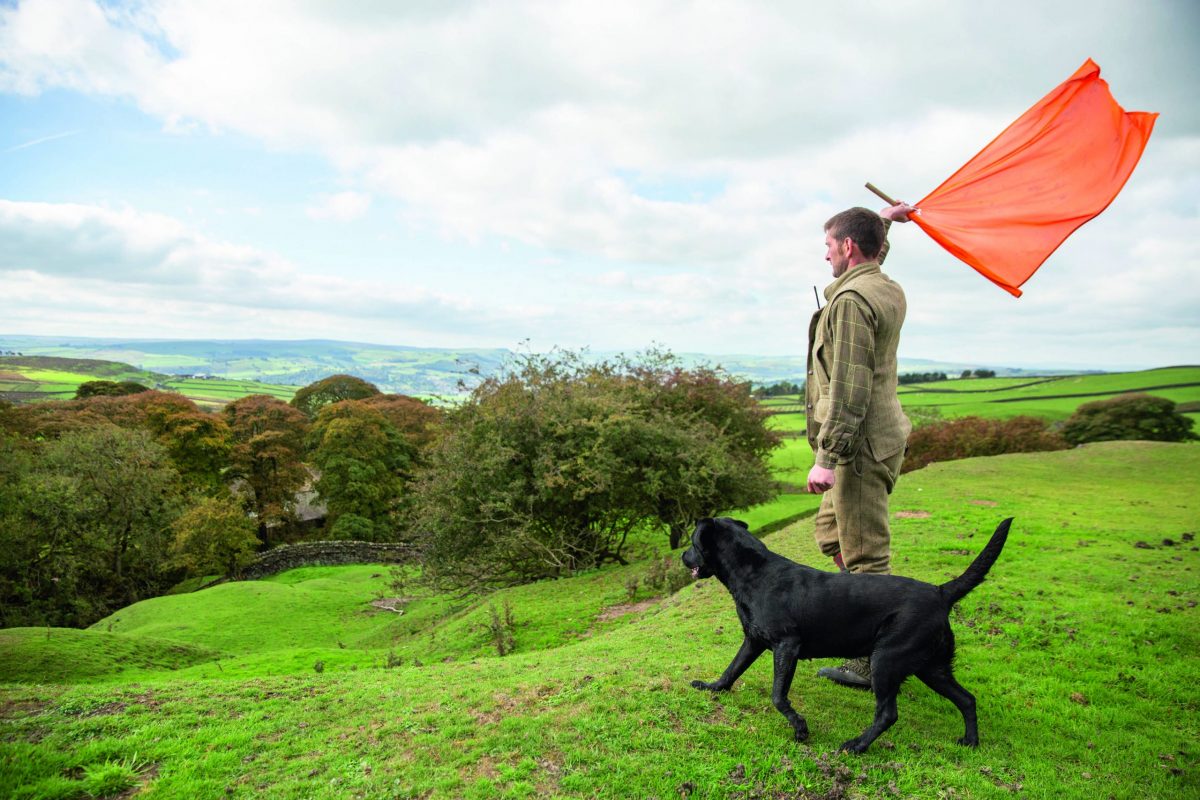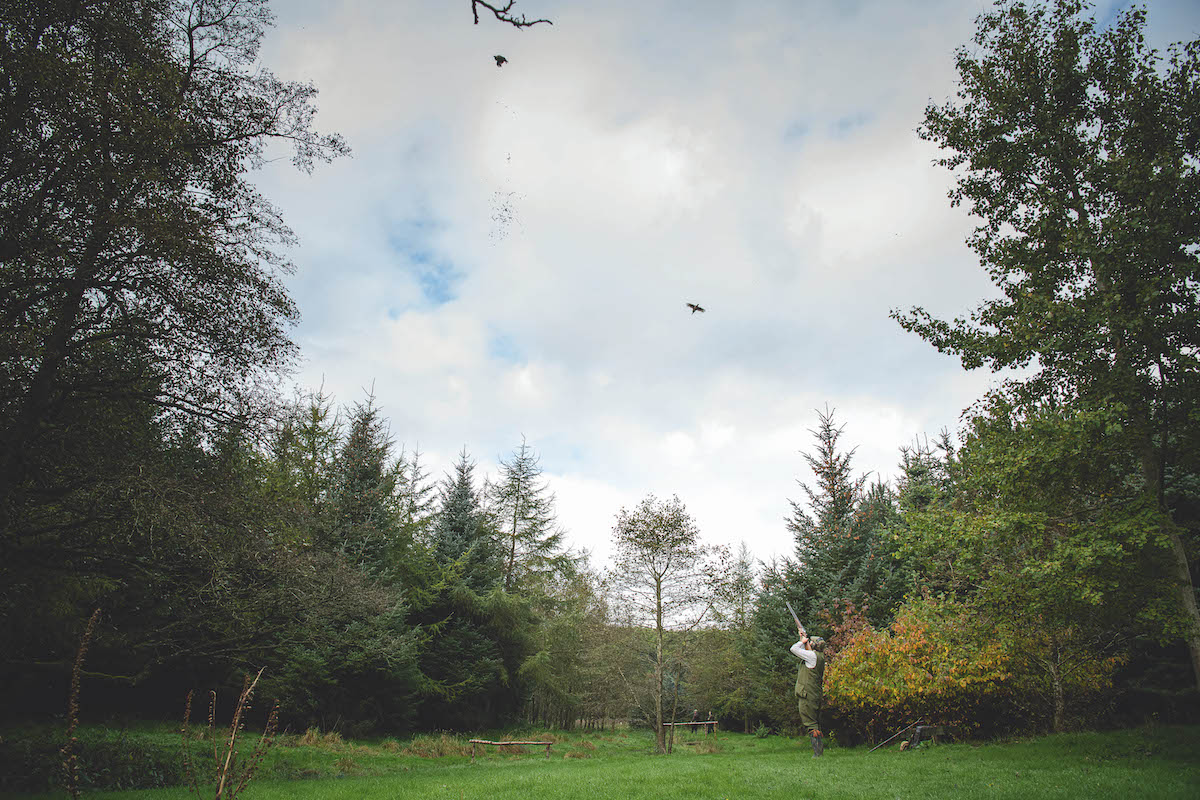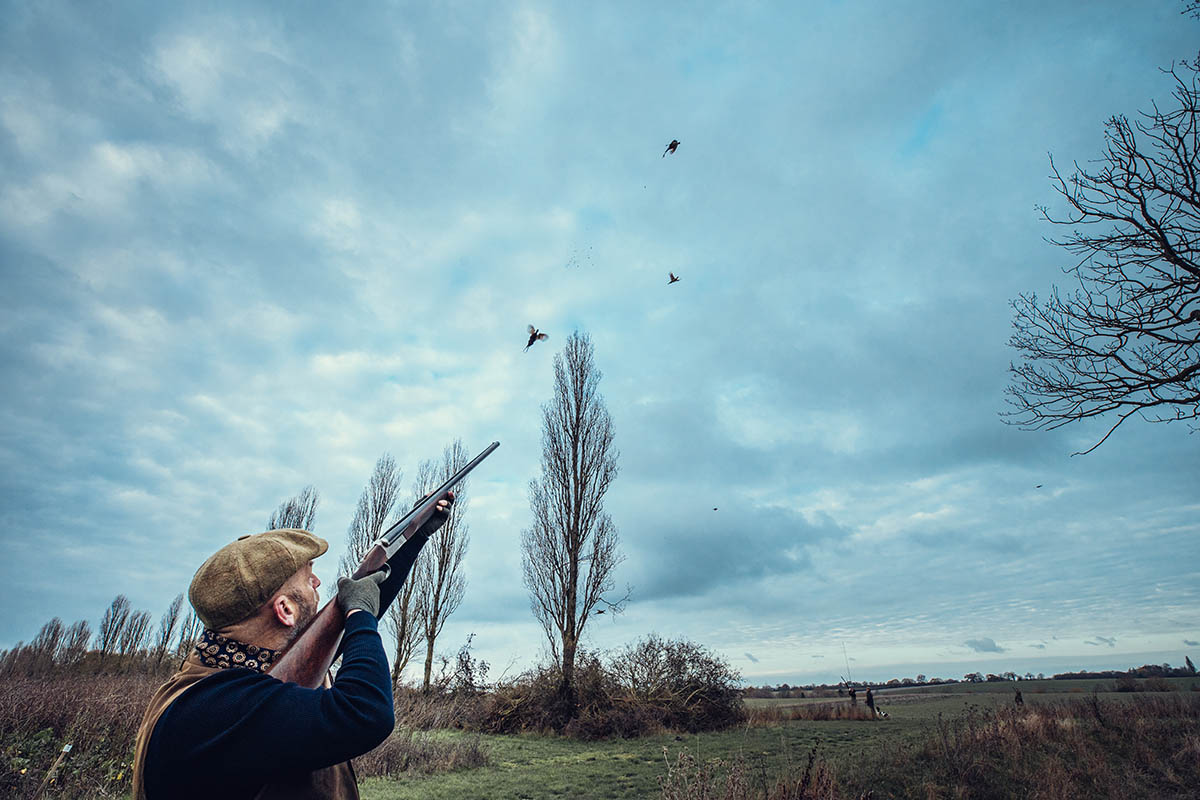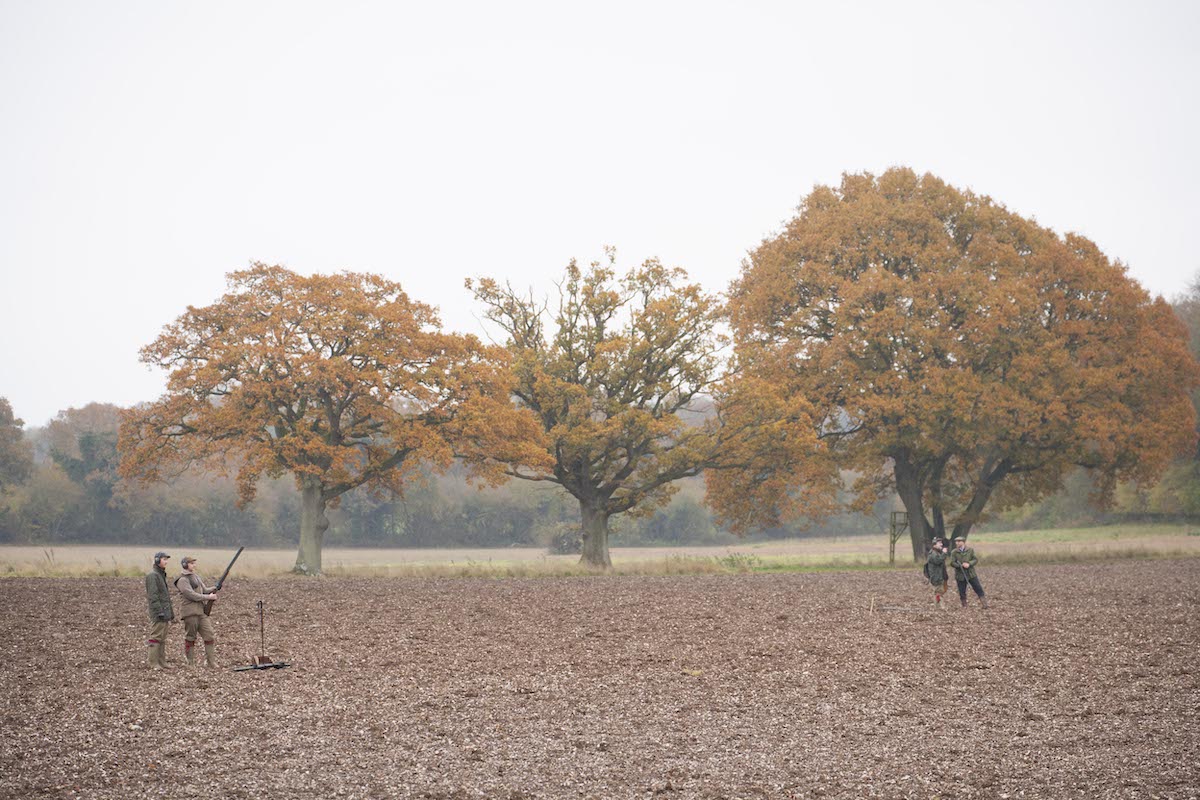Are partridge faster than pheasant?
It's the perennial question for gameshooters.

Is a partridge faster?
The answer could surprise you. A partridge’s rapid, whirring, wing beat and small body size certainly gives the impression of greater speed and you could well assume partridge faster than pheasant. However the bigger, heavier, pheasant is actually swifter.
Which of course means that the birds need different leads.

A 20-bore is the perfect gun for shooting partridges
Tips on lead when shooting partridge
To do the partridge justice and avoid missing in front, cut back the lead by 1/3 or even a 1/2 of what you’re serving up for the pheasant and see what happens. Half the fun of game shooting a ‘mixed drive’ is in being able to make instant (and correct) adjustments when you’re faced with a partridge and pheasant in the air at the same time, and heading in your direction. (More on lead here.)
To pull off a clean right and left in these circumstances is very satisfying indeed. (Read more tips on partridge shooting here.)

Red legged partridge
How can you hit a curling pheasant?
Nobody I’ve ever met can equate (or properly explain) how far the muzzles need to be ahead of – and inside – the bird’s line of flight to bring about a successful shot.
The biggest imponderable is the strength of the wind 30 or more yards up there, and which direction it’s coming from. In a light side breeze a good Shot might say he’s a foot or 18 inches inside the curl of the bird and eight feet in front of the beak. Yet in a really strong wind he might be as far inside the line of the bird as he is ahead of it!
Move to another drive on the same shoot and that wind might now be quartering into the pheasant, or coming from behind. If it is, the ‘picture’ that worked so well for you only half an hour earlier might now be miles off the mark.
Time to practise
The more often you shoot driven birds the easier it should become to adjust to the conditions. However an element of trial and error will still take place.
To kill the bird cleanly (which is of course the aim) the secret is to retain the pheasant/muzzle image at the time you squeezed the trigger, and repeat it for subsequent shots.
Crossers
If the wind is taking the bird away from your position you need to remember that as well shooting in front of the beak you also need to be underneath the bird. Even if your forward lead is right, if you simply swing ahead in a straight line without taking the wind into account your shot will miss over the top of the bird. Equally, you will need to shoot above a crossing pheasant that’s being pushed towards you in a strong wind. (Read more on shooting crossers here)
This article was originally published in Shooting Gazette in 2014 and has been updated.








